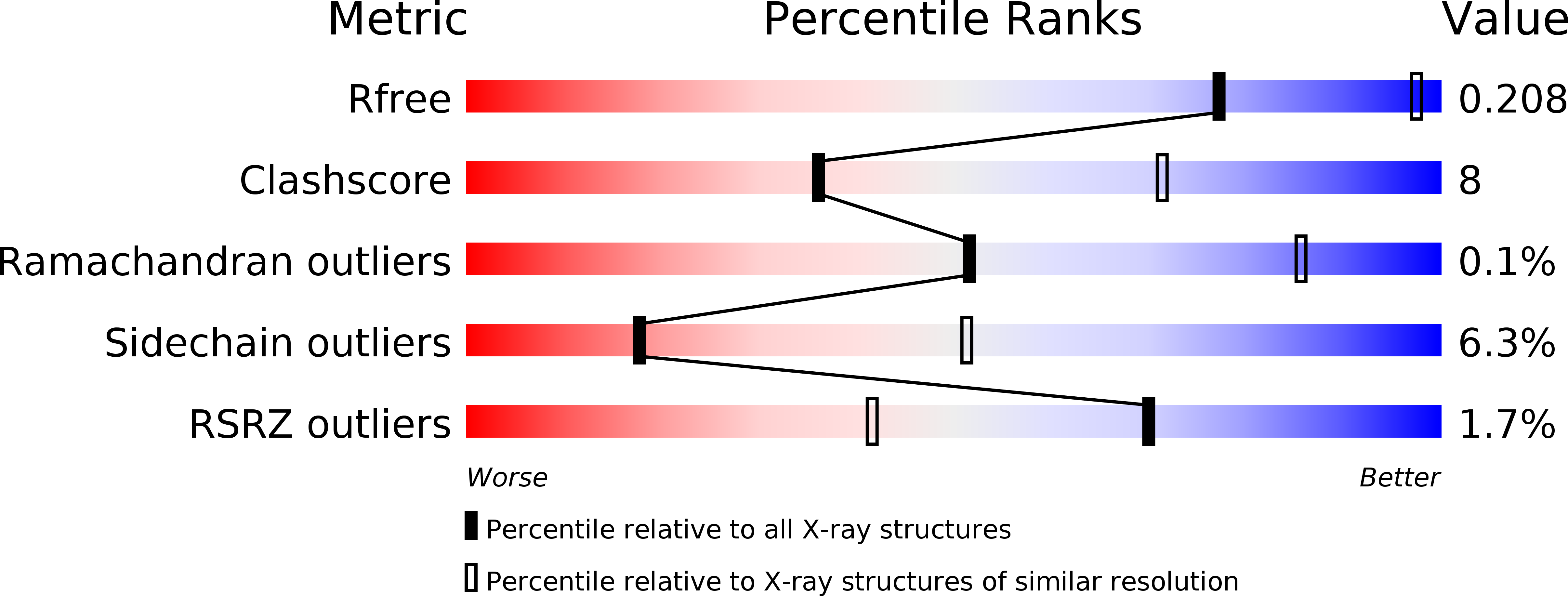
Deposition Date
2009-03-06
Release Date
2009-10-06
Last Version Date
2023-11-01
Entry Detail
Biological Source:
Source Organism:
Moorella thermoacetica (Taxon ID: 1525)
Host Organism:
Method Details:
Experimental Method:
Resolution:
3.00 Å
R-Value Free:
0.20
R-Value Work:
0.17
R-Value Observed:
0.17
Space Group:
P 31 2 1


